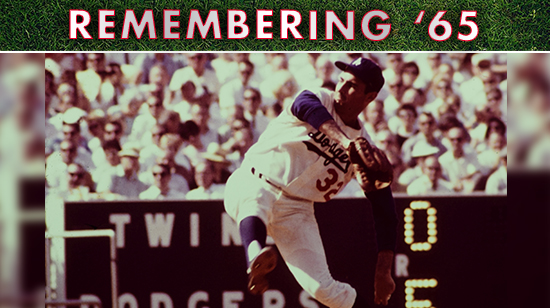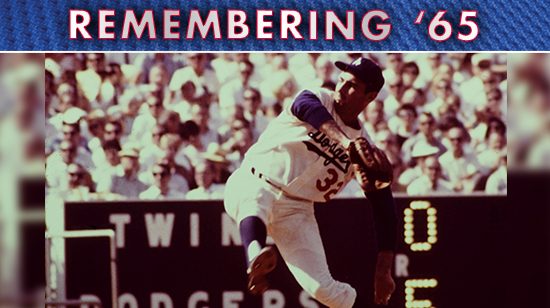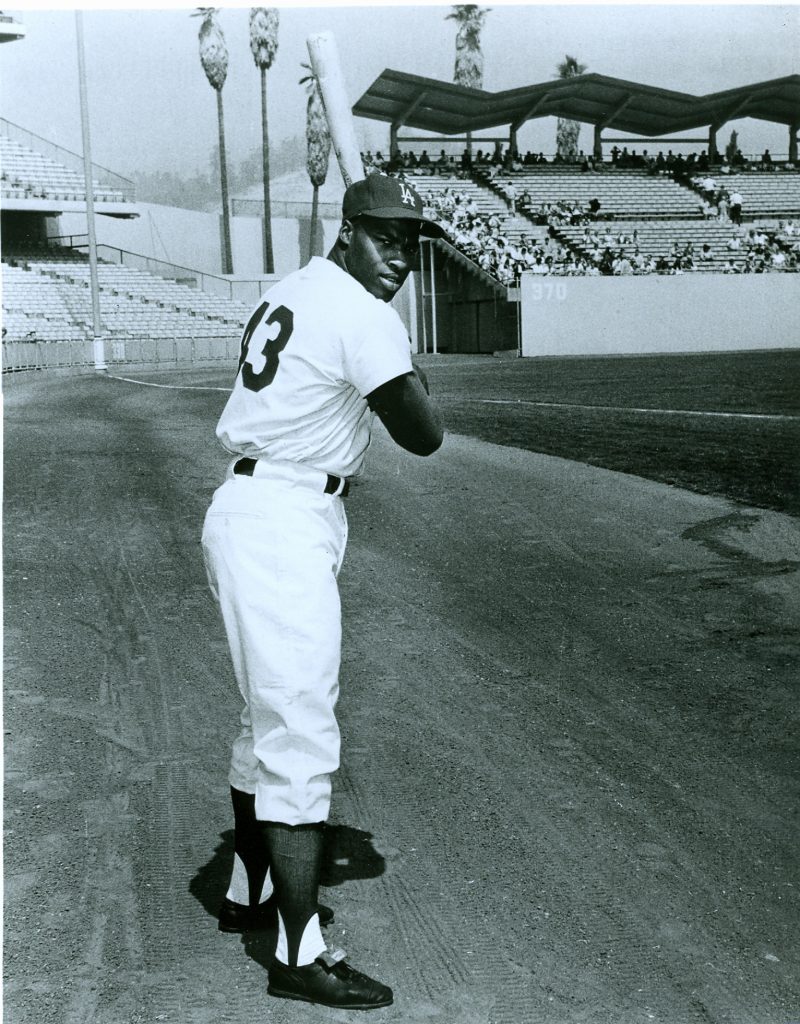By Jon Weisman
When might you be having a charmed season? When you’re scoreless with two out in the bottom of the 10th inning, Sandy Koufax bats for himself and walks, and then Roberto Clemente — of all people — drops a fly ball to allow the game-winning run to score.
That’s what happened August 14, 1965 at Dodger Stadium to allow the Dodgers to win, 1-0.
“It was sinking all the way,” Jim Gilliam, who hit the ball at Clemente, told Frank Finch of the Times. “Clemente first had his glove up in front of his chest, but at the last moment had to shift it. That’s when he muffed the ball.”
Said Clemente: “I was groping for the ball. I lost it.”
Though there were still many skeptics about the ’65 Dodgers, one who saw their potential was Pirates third baseman Bob Bailey.
“They’re not just giving an 80% effort like some teams,” Bailey told Times columnist Sid Ziff. “They go all out. They go for the extra base, the squeeze bunt, the impossible catch. And, of course, they’ve got tremendous pitching.”
But rather using the Clemente game to launch like a rocket to the National League pennant, the Dodgers would have one of their bumpiest weeks of the year.






